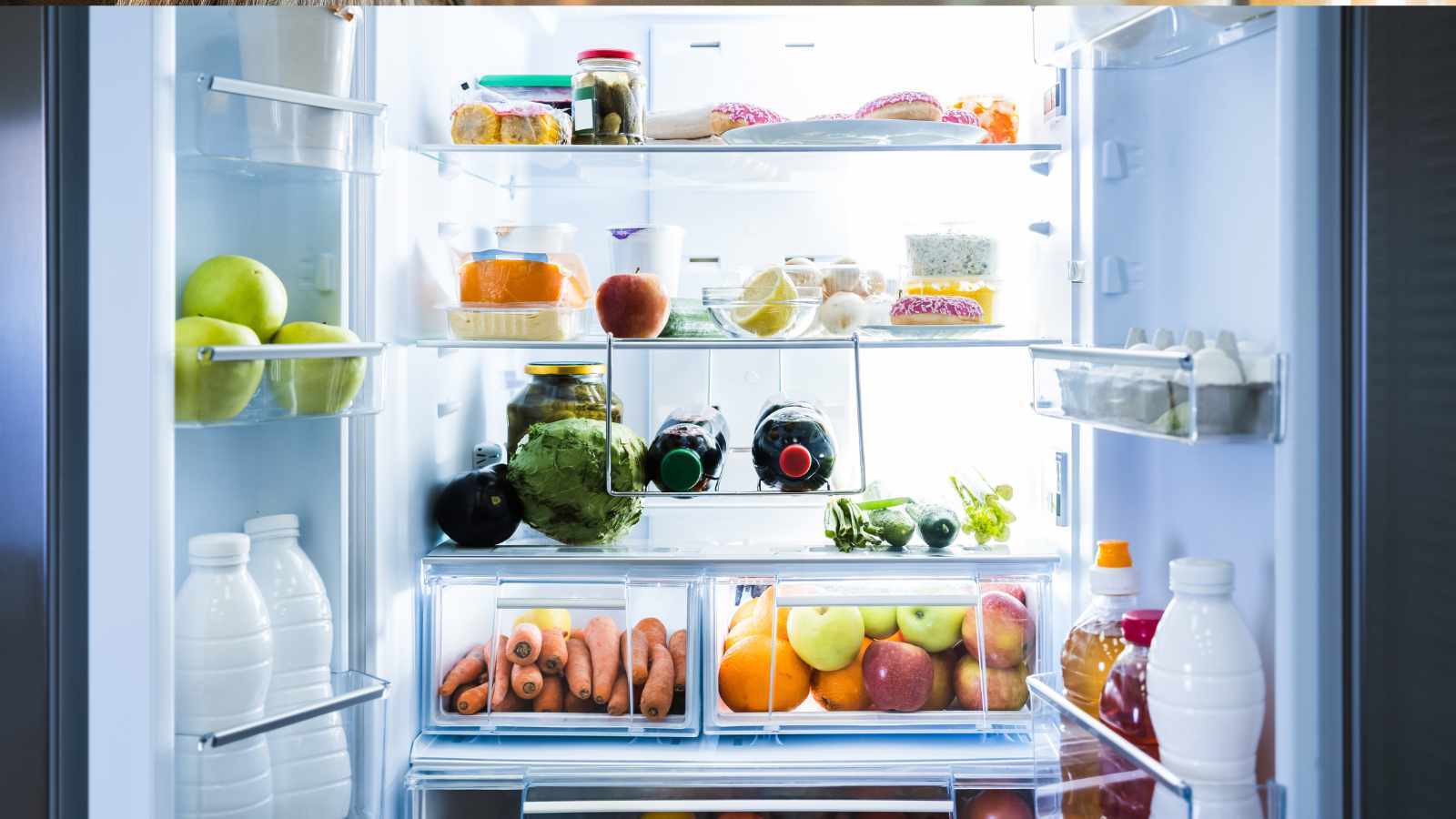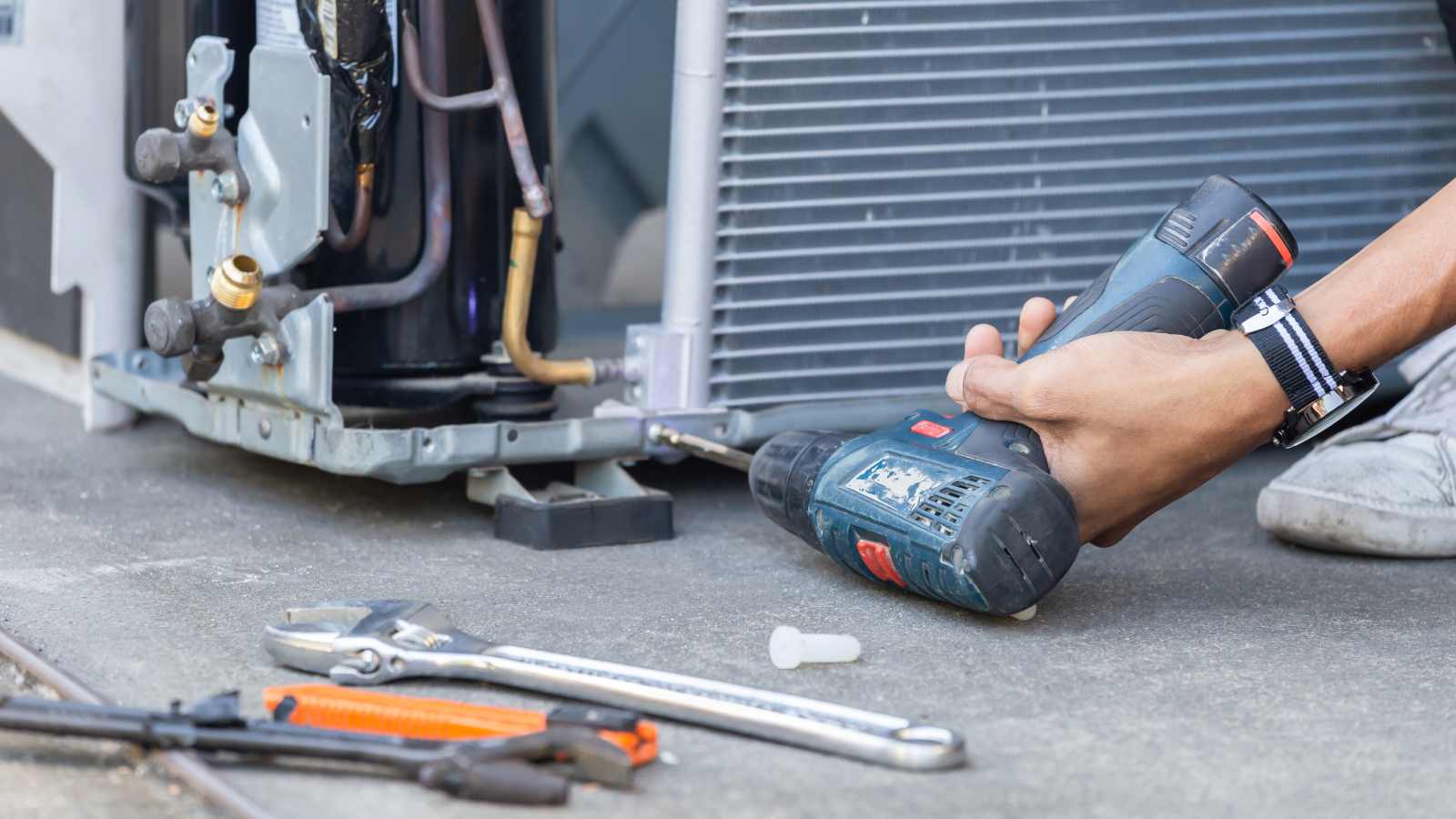What You Need to Know About Self-Cleaning Ovens
Most people would agree that cleaning the oven isn't exciting. Because of this, many people opt for self-cleaning ovens, which use extreme temperatures or steam to remove baked-on food and grime. Having a firm grasp on the oven's inner workings is essential to avoiding costly appliance repairs down the road. This article will teach you all about self-cleaning ovens.
4 FAQ About Self-Cleaning Oven Features
How does it work?
Cleaning is a breeze because food particles and stains are burned away by the extreme heat produced by a self-cleaning oven. Putting the oven into self-cleaning mode usually entails no more effort than shutting the door. When the temperature inside the oven reaches 800 degrees, the door locks and stays locked. When the process completes itself, the door will open.
For steam-cleaning ovens, you'll need to pour a cup or so of distilled water into the oven's base, close the door, and turn on the steam-clean setting to remove baked-on food and grime. Due to low temperatures (around 250 degrees), the door is left unlocked; this is sufficient for boiling water into steam.
Is it safe?
A strong odor may emanate as the buildup inside burns off, but otherwise, it is safe to use. However, if your kitchen appliance is older than ten years, you should forego using the function altogether. The oven's fuses may blow from the excessive heat, and it will stop working altogether.

How often should you use it?
Only when the oven is extremely dirty and difficult to clean by hand do appliance repair experts advise turning to the self-cleaning function. When you should clean your oven, it depends on how often you use it and how dirty it usually is. Once a year is usually sufficient for most homes to perform a thorough self-cleaning.
Do you need to do anything beforehand?
Before starting the self-cleaning process, remove any debris or spills that can be cleaned manually. This will produce less smoke during the cycle, which is beneficial because smoke is harmful to breathe in at high enough concentrations.
Pans and foil should be removed first if they have been left inside the oven. You shouldn't leave the metal racks inside, as they oxidize quickly. Don't use your oven until you've contacted oven repair services to replace a heating element that may have melted due to the high temperatures.

 By
By


